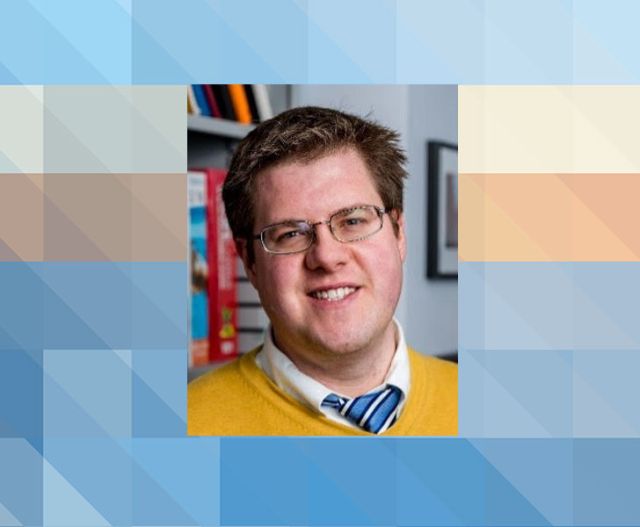May 21 (Wed) @ 2:00pm: "Progress in Brightness, Power and Efficiency of Semiconductor Lasers for High Power Applications," Paul O. Leisher, PhD, VP of Research & Fellow, Luminar Technologies

Location: Engineering Science Bldg (ESB), Room 2001
Abstract
Semiconductor lasers are a key component in numerous emerging photonics-enabled technologies, including additive manufacturing, data centers for artificial intelligence, inertial navigation, optical power beaming, photon sail propulsion for interstellar probes, autonomous vehicles, rapid biomedical diagnostics, laser wakefield acceleration, fusion energy, and directed energy systems. In many of these applications, the laser is the most expensive, power-hungry, and failure-prone component. Engineering solutions to these challenges and driving continuous improvement are the keys to unlocking many photonics-enabled applications. Modern high power semiconductor lasers are extremely good at converting electricity into light (>70% wallplug efficiency) and are very cheap (<$1/watt), but these devices are fundamentally limited by low coherence and poor beam quality, which arise from effects such as thermal- and carrier-induced lensing. As a result, they are commonly used as pumps for solid-state and fiber lasers, rather than as direct sources. These systems could be greatly improved and simplified if semiconductor lasers could be directly utilized, but this can only be made possible by addressing the fundamental physical limitations of beam quality and coherence in a manner that does not compromise the semiconductor laser’s inherent ability to scale power and brightness with high efficiency. This talk explores recent progress in the development of high performance semiconductor lasers. We will examine the physical mechanisms that limit power scalability, coherence, beam quality, and efficiency, and review semiconductor laser architectures designed to mitigate these effects. By pushing the limits of brightness and coherence, this research opens the door to more simplified, efficient, and robust laser systems to accelerate their deployment into next-generation technologies and enable new frontiers.
Bio
Paul Leisher is Vice President of Research and a Fellow at Luminar Technologies Inc. in Orlando, FL, where he is responsible for leading the company’s research and development of laser sources for LIDAR. Prior to its acquisition by Luminar, he served as Vice President of Research at Freedom Photonics in Santa Barbara, CA where he was focused on the development of the world’s highest brightness laser diodes. From 2017 to 2019, Dr. Leisher was Chief Engineer for Diode Lasers at Lawrence Livermore National Laboratory (Livermore, CA). From 2011-2017, Dr. Leisher served as Associate Professor of Physics and Optical Engineering at Rose-Hulman Institute of Technology (Terre Haute, IN) and as the Manager of Advanced Technology at nLight Corporation (Vancouver, WA) from 2007-2011. Dr. Leisher has worked as a consultant for numerous companies ranging from small domestic photonics startups to large multinational corporations in the automotive and industrial manufacturing fields. He received his B.S. degree in electrical engineering from Bradley University (Peoria, Illinois) in 2002, and M.S. and Ph.D. in electrical and computer engineering from the University of Illinois at Urbana-Champaign in 2004 and 2007, respectively.
Dr. Leisher’s research interests include the design, fabrication, characterization, and analysis of high-power semiconductor lasers and other photonic devices. He has served as principal investigator / principal business official on over $43M in research programs to date and authored/co-authored over 300 technical patents, journal articles, and conference presentations. Dr. Leisher developed and taught numerous university courses in optics and photonics. Dr. Leisher serves on the technical committee of many conferences and is an active reviewer for most journals in the field. He served as co-chair of the SPIE Components and Packaging for Laser Systems Conference for ten years, the program track chair for the SPIE LASE Symposium Nonlinear Optics and Beam Guiding conferences for five years, and the program chair and general chair of the International Semiconductor Laser Conference (ISLC) in 2022 and 2024, respectively. Dr. Leisher is a senior member of SPIE and IEEE.
Hosted By: The Institute for Energy Efficiency (IEE) and ECE Prof. Jonathan Klamkin
Submitted By: Amy Donnelly <amymdonnelly@ucsb.edu>